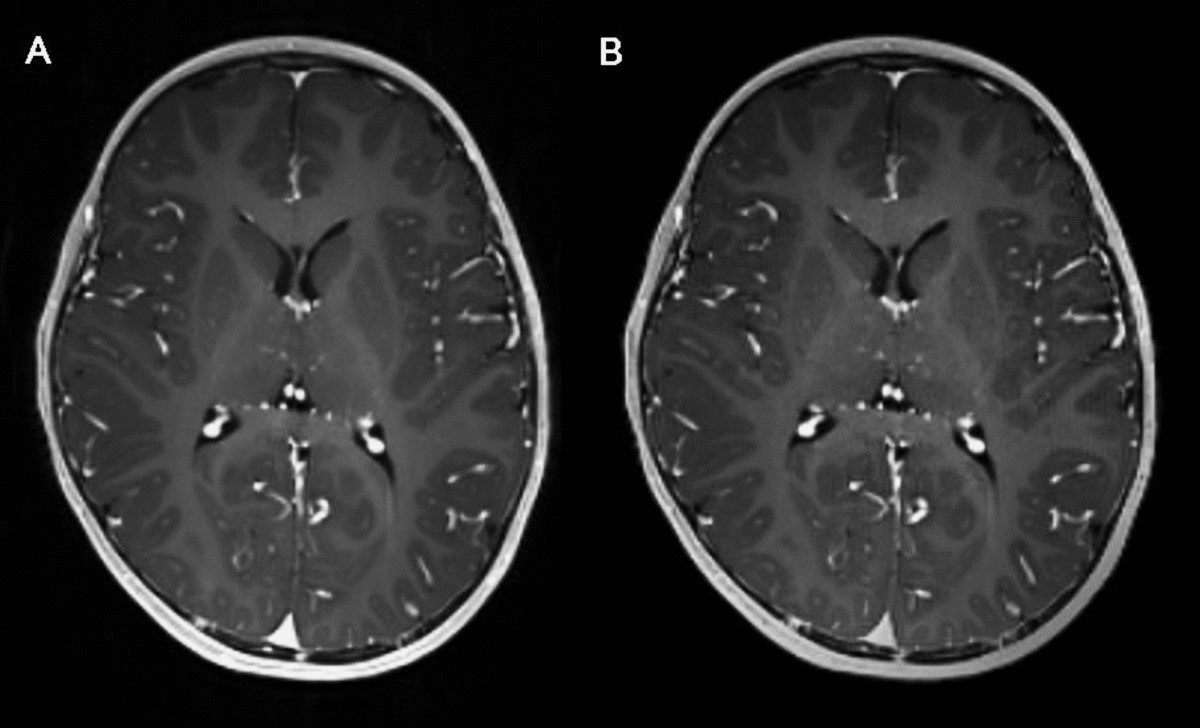
Multifocal Heterotopia is a rare brain condition where neurons don't migrate to their correct positions during development. This can lead to various neurological issues, including seizures and developmental delays. What causes multifocal heterotopia? The primary cause is genetic mutations, often inherited from parents. However, spontaneous mutations can also occur. Symptoms vary widely, from mild learning difficulties to severe epilepsy. Diagnosing this condition typically involves MRI scans, which reveal the misplaced neurons. Treatment focuses on managing symptoms, often through medication or surgery. Understanding this condition is crucial for early intervention and better quality of life for those affected.
Key Takeaways:
- Multifocal heterotopia is a rare brain condition causing seizures and cognitive challenges due to misplaced neurons. Treatment involves medication, therapy, and support for improved quality of life.
- Multifocal heterotopia affects brain development, leading to seizures, learning disabilities, and motor skill impairments. Medical and therapeutic interventions, along with support, can help manage symptoms and improve daily life.
What is Multifocal Heterotopia?
Multifocal heterotopia is a rare brain malformation where neurons fail to migrate to their proper location during development. This condition can lead to various neurological symptoms. Here are some fascinating facts about this intriguing condition.
-
Neuronal Migration: During brain development, neurons travel from their origin to their final destination. In multifocal heterotopia, this process is disrupted.
-
Gray Matter Clumps: The misplaced neurons form clumps of gray matter in unusual locations within the brain.
-
Epilepsy Connection: Many individuals with multifocal heterotopia experience seizures due to the abnormal brain structure.
-
Genetic Factors: Some cases are linked to genetic mutations, particularly in the FLNA gene.
-
Gender Differences: This condition is more commonly diagnosed in females than males.
-
MRI Detection: Magnetic Resonance Imaging (MRI) is the primary tool for diagnosing multifocal heterotopia.
-
Cognitive Impact: The severity of cognitive impairment varies widely among those affected.
-
Developmental Delays: Children with this condition may experience delays in reaching developmental milestones.
-
Behavioral Issues: Some individuals exhibit behavioral problems, including hyperactivity and attention deficits.
-
Speech Difficulties: Speech and language development can be affected, leading to communication challenges.
Symptoms and Diagnosis
Understanding the symptoms and how multifocal heterotopia is diagnosed can provide insight into the daily lives of those affected.
-
Seizure Types: Seizures can range from mild to severe, including focal and generalized seizures.
-
Learning Disabilities: Many children with this condition struggle with learning disabilities.
-
Motor Skills: Fine and gross motor skills may be impaired, affecting coordination and movement.
-
Headaches: Chronic headaches are a common complaint among those with multifocal heterotopia.
-
Vision Problems: Some individuals experience vision issues due to the brain malformation.
-
EEG Use: Electroencephalography (EEG) can help detect abnormal brain activity associated with seizures.
-
Family History: A family history of neurological disorders can increase the likelihood of multifocal heterotopia.
-
Prenatal Diagnosis: In some cases, prenatal imaging can detect brain abnormalities suggestive of this condition.
-
Symptom Onset: Symptoms often appear in early childhood but can also emerge later in life.
-
Comorbid Conditions: Conditions like autism spectrum disorder and ADHD are sometimes seen alongside multifocal heterotopia.
Treatment and Management
Managing multifocal heterotopia involves a combination of medical and therapeutic approaches to improve quality of life.
-
Antiepileptic Drugs: Medications can help control seizures in many individuals.
-
Surgical Options: In severe cases, surgery may be considered to remove the abnormal brain tissue.
-
Therapies: Speech, occupational, and physical therapies can aid in managing developmental and motor skill challenges.
-
Educational Support: Special education services are often necessary to address learning disabilities.
-
Behavioral Interventions: Behavioral therapy can help manage hyperactivity and attention issues.
-
Regular Monitoring: Ongoing medical evaluations are crucial to monitor the progression of symptoms.
-
Support Groups: Connecting with support groups can provide emotional and practical support for families.
-
Research Advances: Ongoing research aims to better understand the genetic and biological mechanisms behind multifocal heterotopia.
-
Lifestyle Adjustments: Adapting daily routines and environments can help manage symptoms more effectively.
-
Prognosis: The long-term outlook varies, with some individuals leading relatively normal lives while others face significant challenges.
Final Thoughts on Multifocal Heterotopia
Multifocal heterotopia, a rare brain condition, involves clusters of neurons in unusual locations. These misplaced neurons can cause seizures, developmental delays, and learning difficulties. Diagnosing this condition often requires advanced imaging techniques like MRI. While there's no cure, treatments focus on managing symptoms, primarily through medication and sometimes surgery. Early diagnosis and intervention can significantly improve quality of life. Understanding multifocal heterotopia helps in developing better treatment strategies and support systems for affected individuals. Research continues to explore the genetic and environmental factors contributing to this condition. Awareness and education about multifocal heterotopia are crucial for early detection and effective management. By staying informed, we can better support those living with this challenging condition.
Frequently Asked Questions
Was this page helpful?
Our commitment to delivering trustworthy and engaging content is at the heart of what we do. Each fact on our site is contributed by real users like you, bringing a wealth of diverse insights and information. To ensure the highest standards of accuracy and reliability, our dedicated editors meticulously review each submission. This process guarantees that the facts we share are not only fascinating but also credible. Trust in our commitment to quality and authenticity as you explore and learn with us.
